Rising Awareness of Neurological Health
There is a growing awareness of neurological health among the general population, which is positively influencing the Neurology Patient Monitoring Market. Educational campaigns and advocacy efforts are shedding light on the importance of early detection and management of neurological disorders. As individuals become more informed about the symptoms and risks associated with these conditions, they are more likely to seek medical attention and monitoring. This heightened awareness is driving demand for effective monitoring solutions, as patients and healthcare providers recognize the value of proactive management. Consequently, the Neurology Patient Monitoring Market is experiencing growth as it aligns with the increasing focus on neurological health.
Rising Incidence of Neurological Disorders
The increasing prevalence of neurological disorders such as Alzheimer's disease, Parkinson's disease, and epilepsy is a primary driver of the Neurology Patient Monitoring Market. According to recent estimates, the number of individuals affected by these conditions is projected to rise significantly, leading to a greater demand for effective monitoring solutions. This trend is further exacerbated by an aging population, as older adults are more susceptible to neurological issues. Consequently, healthcare providers are increasingly investing in advanced monitoring technologies to enhance patient outcomes and manage these disorders more effectively. The Neurology Patient Monitoring Market is thus poised for growth as stakeholders seek innovative solutions to address the challenges posed by the rising incidence of these debilitating conditions.
Increased Investment in Healthcare Infrastructure
The ongoing investment in healthcare infrastructure is a significant driver of the Neurology Patient Monitoring Market. Governments and private entities are allocating substantial resources to enhance healthcare facilities, particularly in neurology departments. This investment is aimed at improving diagnostic capabilities, treatment options, and patient monitoring systems. Enhanced infrastructure facilitates the adoption of advanced monitoring technologies, which are essential for managing complex neurological conditions. As healthcare systems evolve, the demand for sophisticated monitoring solutions is likely to increase, further propelling the growth of the Neurology Patient Monitoring Market. This trend reflects a broader commitment to improving healthcare delivery and patient outcomes.
Growing Demand for Remote Patient Monitoring Solutions
The demand for remote patient monitoring solutions is surging within the Neurology Patient Monitoring Market, driven by the need for continuous care and real-time data collection. Patients with chronic neurological conditions benefit from remote monitoring, as it allows for regular assessment of their health status without the need for frequent hospital visits. This approach not only enhances patient convenience but also reduces healthcare costs associated with in-person consultations. Market data indicates that the remote patient monitoring segment is expected to witness substantial growth, as healthcare providers increasingly adopt these solutions to improve patient engagement and outcomes. The Neurology Patient Monitoring Market is thus adapting to meet this growing demand.
Integration of Artificial Intelligence in Monitoring Systems
The integration of artificial intelligence (AI) into neurology patient monitoring systems is transforming the landscape of the Neurology Patient Monitoring Market. AI technologies enable more accurate data analysis, predictive analytics, and personalized treatment plans, which can significantly improve patient care. For instance, AI algorithms can analyze vast amounts of patient data to identify patterns and predict potential complications, allowing for timely interventions. This technological advancement not only enhances the efficiency of monitoring systems but also supports healthcare professionals in making informed decisions. As AI continues to evolve, its application in neurology patient monitoring is expected to expand, driving further growth in the market.


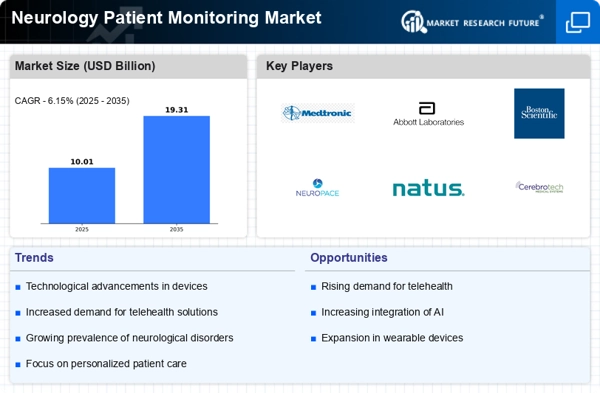
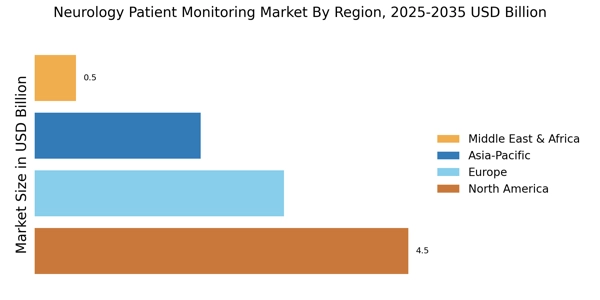
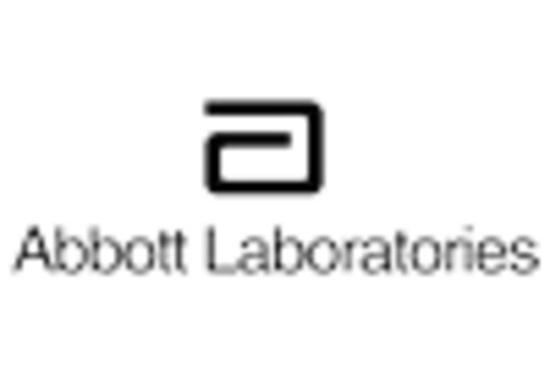

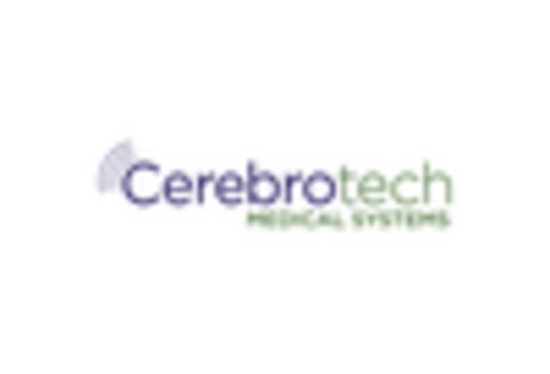

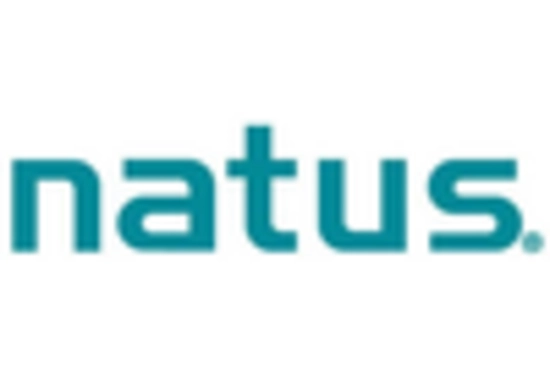
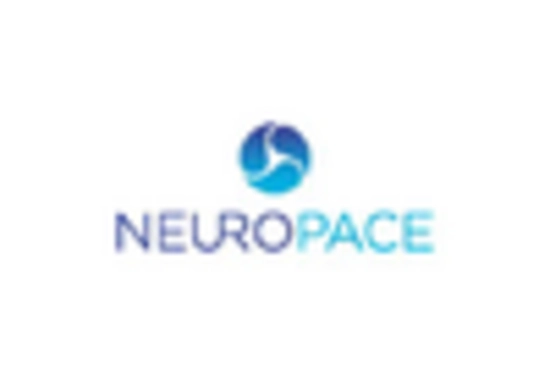








Leave a Comment